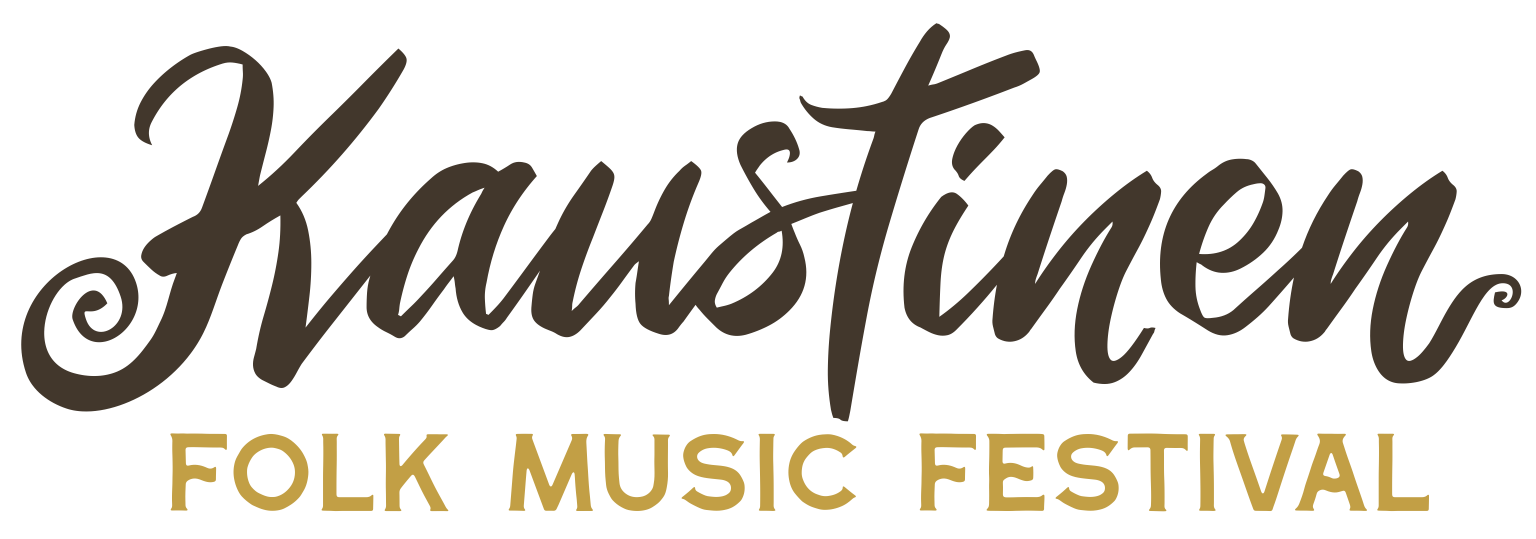
Tepot playing at the Mestarisoitto. Kuva Hsin-Wen Hsu.
Last week I visited Kaustinen and attended the annual gathering of Finnish folk musicians, folk dancers, and folk music lovers. After four years of absence, I ultimately got a chance to return to this wonderful place and festival.
It has been ten years since my first attendance at the festival in 2006. In the past ten years I have fortunately had many great opportunities to learn to play Finnish folk music and conduct ethnographic research on pelimanni music as an ethnomusicologist. In addition to attending the festival, during that time, I came to Kaustinen several times to collect archival materials and interview musicians, educators, and institutional workers. The studying and living experience in Kaustinen was undoubtedly exceptional for me; people’s hospitality was impressive, and the image of the Kaustinen landscape, the sensation of the morning and midnight atmosphere, and the smell of the field were deeply grounded in my memory. Attending the beautiful wedding of Esko and Pilvi Järvelä in 2011 was an especially unforgettable experience. In recalling these wonderful moments, I feel lucky and grateful to receive so much assistance and support from friends and mentors in/from Kaustinen.
During the four days of my stay at the 2016 Kaustinen Folk Music Festival, I was fascinated by many conventions that continuously took place at the festival. In addition, I also saw new development of the Finnish folk music scene through activities at the festival. The following is a note on the continuation and changes of the festival based on my participation in 2011 and 2016.
Things Familiar to Me
Diversity. The program of the 2016 festival showed continuous promise and great efforts to maintain the diversity of the festival. I got to see a variety of great concerts and other musical activities. For example, the Mestarisoitto concerts remained a remarkable highlight, in which those who enjoy the traditional expression of pelimanni playing witnessed the humble interpretation and life-long enthusiasm of the elder generation. In addition, throughout the week I saw so many energetic pelimanni bands and folk dance troupes from various regions across Finland, whose engagement showed a solid foundation on which Finnish folk music has thrived. Furthermore, a series of grand concerts performed by kids/celebrated by parents and young audience showed the high degree to which the interest in Finnish folk music and dance has been grounded in younger generation. Moreover, there were so many professional artists shining on stage; the younger generation from Finland and beyond showed their talent, expressing the ways in which they made sense of the world by folk music, while senior musicians showed how they transcended their achievement. In addition, the performance of Piirpauke, Band of the Year, not only attracted a large audience who appreciate classical progressive rock/jazz/folk music; it also engaged people in recalling/realizing how this pioneering band and its music have inspired promoters of Finnish folk revival during the 1970s. Last but not least, the great popularity that the iskelmä stars such as Matti Esko received showed the high degree to which many Finnish folks could relate iskelmä to their social life and collective memory.
Transmission of Traditions. The second impression in relation to the continuation of the festival that I got from the 2016 Festival is the continuous emphasis on the transmission of traditions. The showcase of Näppärit course was no doubt a highlight of the festival; the popularity of this musical program showed more and more teachers and students across Finland recognized the importance and joyfulness of learning and performing traditional or newly arranged pelimanni repertoire. In addition, concerts such as the Kisälli kohtaa mestarin I: Gondoli-Tero Hissun kissun performed by Tero Pajunen and Hilja Grönfors showed how younger musicians could benefit from the teaching and sharing of senior maestri.

Music players of different ages and backgrounds played together at the Jamiworkshop. Kuva Hsin-Wen Hsu.
Participation. Another scene that I felt familiar with at the 2016 festival is the enthusiastic participation of the audience. I was thrilled again while witnessing younger and elder generations dance together and enjoying learning the steps of katrilli in the Yökatrilli concert. I was also moved by the collective involvement of musicians of different ages and with different backgrounds in the Jamiworkshops, sensing again the participants’ strong motivation and shared enjoyment of playing music together, regardless of skill set or age difference.

Audio publication of regional pelimanni music repertoire and styles. A photo taken at the Folk Shop of the 2016 Kaustinen Folk Music Festival. Kuva Hsin-Wen Hsu.
Toward the Future
In comparison with the 2011 festival, the 2016 happening expanded in terms of performance space; several new stages are situated at the newly built Yläkoulu, which also provides more space for festival-related exhibitions or arts fair booths, such as booths for instrument makers and renovators, for craft arts, for folk music publications, and for folk costumes. Significantly, at the Folk Shop of the festival I noticed the number of audio publications on Finnish folk music is seemingly increasing; there are not only more music albums that are produced by professional artists and feature folksinging or music instruments such as the fiddle, the kantele, the accordion, and the mouth organ; there are also more music albums and sheet music that are produced by amateur groups and feature regional repertoire and styles. It seems another sign that shows enthusiastic participation and enhanced diversity in the Finnish folk music scene.
The 2016 happening showed the continuation of many great conventions of the Kaustinen Folk Music Festival. It also showed vigorous momentum that is required to continue the existing success and transcend the current limits of development. Next year the festival is going to celebrate its 50th anniversary. The thriving folk music traditions and enthusiastic participation will without doubt bring the festival another prosperity of 50 years.
Hsin-Wen Hsu
Music researcher, haitaripelimanni
